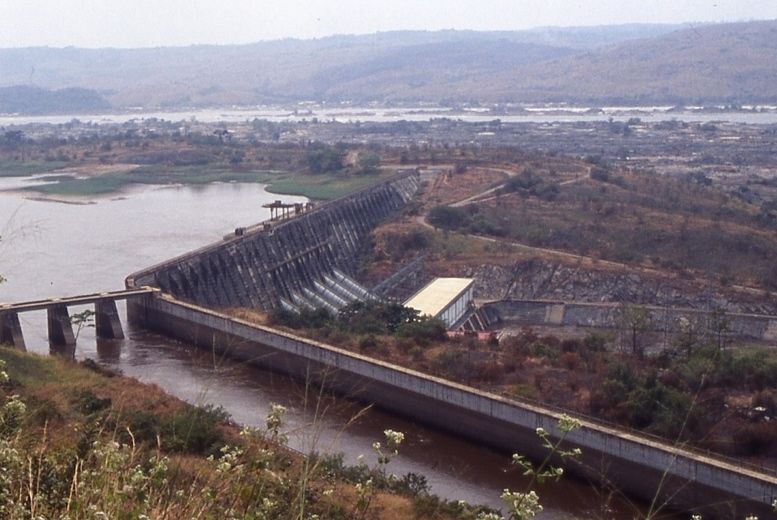World's largest hydroelectric plant could finally rise in Africa


--
The so-called Grand Inga scheme would size up at 40 gigawatts, twice the capacity of today's biggest hydro project, China's Three Gorges Dam on the Yangtze River. Grand Inga would have a generating capacity of nearly 30 modern nuclear reactors - new reactors weigh in at around 1.5 GW each.
Ideas for a mega hydro plant in the Democratic Republic of Congo (DRC) date back to the 1970s, but costs, politics and wars have intervened. Two plants, called Inga 1and Inga 2, today operate with a combined capacity of less than a gigawatt along the Inga Falls, which is a set of rapids about 140 miles southwest of the capital Kinshasa, up river from the Atlantic Ocean.
The first stage of the Grand Inga project, called Inga 3, would total 4.8 GW, roughy 10 percent of the total. In late May, the World Bank indicated it would provide $50 million "for project preparation and development," pending approval of its board, a World Bank spokesperson confirmed for me by email. The African Development Bank has also agreed to help finance preparation and development, which will cost $100 million, the spokesperson said.
The cost to build the 4.8 GW station, excluding transmission lines and financing, will be $6.2 billion, he said. The Guardian has reported the total cost for the 4.8 GW stage at $20 billion. It also reported that South Africa has agreed to purchase about half of Inga 3's output.
The World Bank spokesperson said the power would most likely travel via overland transmission lines, rather than through any sub-Atlantic connection. The electricity would journey roughly 1700 miles, a distance that could subject it to noticeable losses en route.
Some reports have suggested that most of the Inga 3 output that does not go to South Africa will go to mining operations. The World Bank spokesperson said Inga 3's operators will split the balance of the non-South African portion between homes and businesses in the DRC, and mines (see clarification below).
Inga 3 will "be financed mostly by a private investor-developer and by other financiers including possibly the World Bank," he noted. A project backgrounder provided by the World Bank claimed that the energy production costs will be 3 cents per kilowatt hour, less than the 5 cents for hydro power in the U.S.
Groups from China, Spain, Canada and South Korea have expressed interest. The Guardian said that construction could start in 2015.
To reduce environmental impact, the Inga 3 scheme avoids the construction of a large dam across the Congo. Instead, it diverts part of the river through a channel and proposes a mile-long dam across the channel, in an area known as the Bundi Valley.
Photo: Alaindg via Wikimedia
Clarification: An earlier version of this story understated the amount of Inga 3's output that the World Bank spokesperson said would go to DRC homes and businesses. He in fact said that the electricity will be spread between South Africa, DRC homes and businesses, and mines. I apologize for the error. --MH (corrected at 2:10 a.m. Pacific time, June 14).
This post was originally published on Smartplanet.com